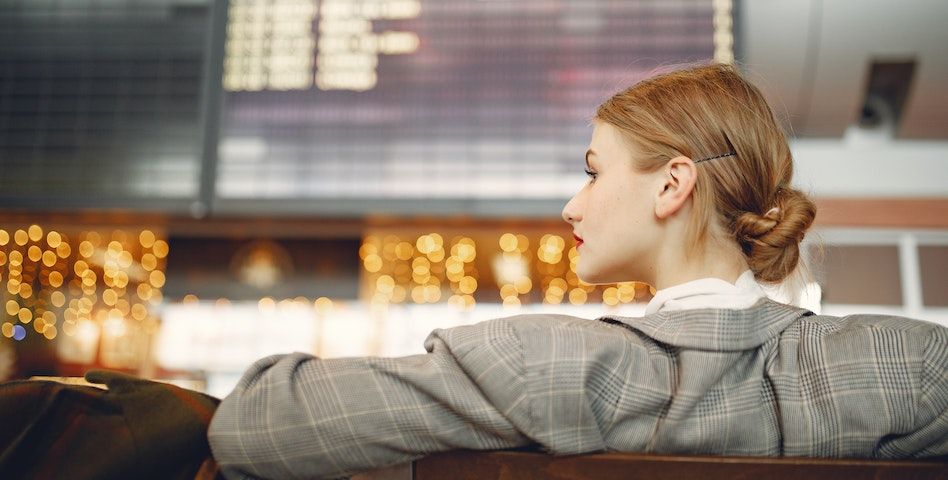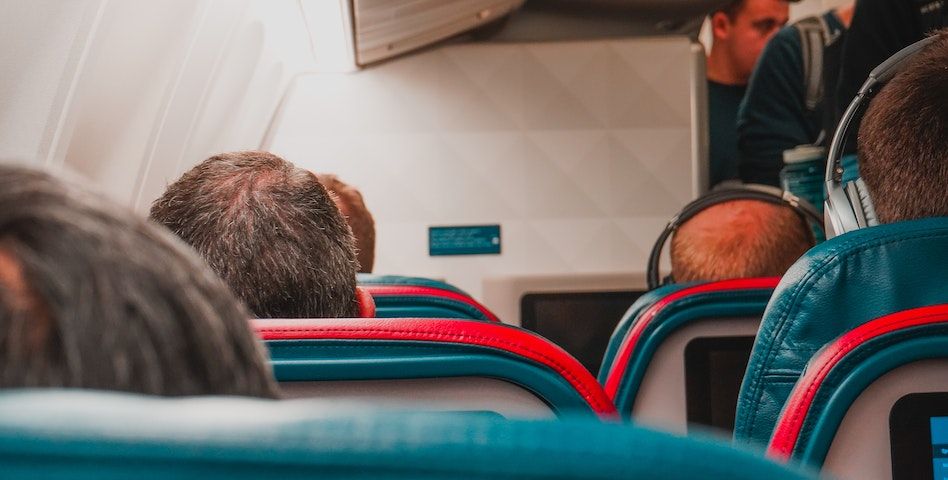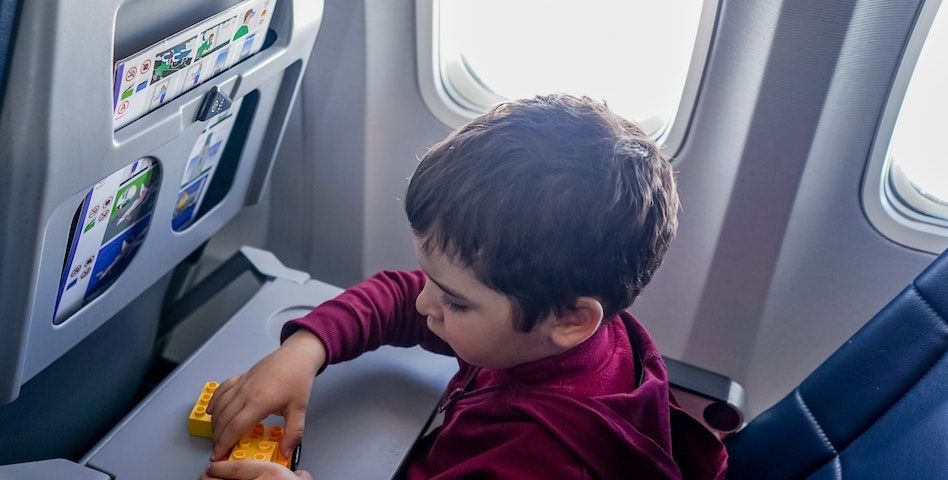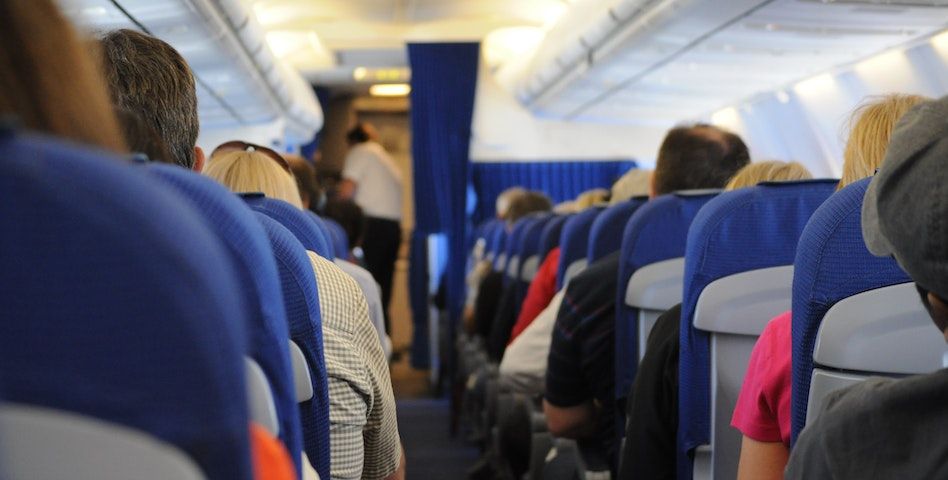Airplane Seat Etiquettes You Need To Know
It isn't merely about flying but flying with etiquettes! We need to be responsible passengers for us and our co-passengers. Read the blog to know more about it!

Perhaps one of the biggest pains of air travel is the part where you have to sit for hours in a tight, cramped seat. This blog will help you figure out some airplane seat etiquettes that we need to know while being in an uncomfortable and a long air journey.
Let’s Be Nice Travelers!
Over the years, there have been debates about the ethics of reclining your seat, sharing your armrests and other aspects of airplane etiquette. And people are divided when it comes to the question of how to use certain features ― or whether you should abstain entirely.
So what is the right way to approach these in-flight considerations? Below, five etiquette experts share the rules and general guidelines they follow as air travelers.

Reclining Your Seat
If you want to recline your seat, show common courtesy to the person sitting behind you. Look back and make sure they aren’t super tall and already cramped. They could also be juggling a baby on their lap or wearing a knee brace. These would all be reasons to refrain from reclining. If you ultimately decide to do it, at least give a warning. You might also consider just reclining partly, if possible.
Sharing Armrests
“The most commonly asked questions still remains ‘Who gets the armrest when seated in the middle seat?’” said Diane Gottsman, an etiquette expert, the author of “Modern Etiquette for a Better Life” and founder of the Protocol School of Texas. “The most obvious answer, and the unspoken rule of protocol, is the person sitting in the most uncomfortable seat ― the middle ― gets the armrests on both sides.”
Know What Experts Say
Life etiquette expert Juliet Mitchell, also known as Ms. J, echoed this advice, noting that it’s simply about common courtesy and empathy.

“However, if you are fortunate enough to have the window seat, you can look out on the lovely clouds and monitor the landing. If you get the aisle, you may be able to stretch out a bit, or at the very least, you can get up and stretch without disturbing others. The middle seat person is stuck in the middle. So give the middle person a break and let that person be the decision maker with armrests.”
If you’re in a row with only two seats, the armrest between them should be shared, as there is no undesirable middle seat in that scenario.
“Now, for a row of four seats, 1–2–3–4, passenger 2 has the armrest between 1 and 2, passenger 3 has the armrest between 3 and 4,” Smith explained. “The armrest between 2 and 3 is shared.”

There are exceptions to the armrest rules, however.
“If you are a tiny human and the person next to you is folding themselves into a yoga pose to fit in the seat, you should share the armrest, even if it is ‘yours,’” Smith said. “Yes, humans are territorial creatures and when a resource is a premium, our thoughts quickly turn to what we can claim. But what separates us from many animals is our ability to empathize and work together. If you do not need space, offer to share.”
Changing Seats
Try to be mindful of others when it comes to moving seats.
Know The Subtle Art Of Changing
If the door of the cabin closes and you find yourself seated in the middle seat, next to the aisle seat, and no one is claiming the window seat, move over to give your seatmate and yourself more room. If someone is next to you and does not move, you can say:
''It looks like we are lucky enough to have a little extra room. Would you like to move across and we can use this seat for our extra magazines and laptops?’ It’s a subtle way of saying ‘please move over.''
Know The Art Of Swapping
If someone asks you to change places with them so they can be closer to their family members, and the seats are equal, take one for the team and do it. If it’s not an equal move and you will get stuck in the middle seat, you can say, ‘I’m sorry, I am going to have to say no.’ They will move along and ask someone else to change seats next.

Dealing With The Back Of The Seat
As previously noted, there really isn’t much space between airplane rows these days, so it’s not uncommon to feel movement at the back of your seat. Keep this in mind when you’re dealing with the seatback pocket in front of you.
- Please do not try to hook the backs of your heel into the opening, as this may cause lower back distress to the passenger whose back you are now pressing.
- It is there for drinks, snacks, and the occasional meal. It was not designed to support your laptop, as a substitute drum set, or a drafting table. Your tray table is to hold lighter items.
- If you do need to use the tray for your computer or iPad, be On the flip side, try to be polite to the passengers behind you if you need to ask them to ease up on their disturbance.

Getting Up During The Flight
Naturally, there are times during a flight when passengers need to get up to use the bathroom or take a stretch break. Be respectful of your neighbors during these moments.
“When it comes to airplane etiquette, just because you can do something doesn’t mean you necessarily should,” Leighton said. “Walking around barefoot is certainly something you can do on airplane, but should you?”
General Attitude While Flying
To help promote a peaceful and civil atmosphere, she urged air travelers to pay attention to the little ways they can show respect for their crew and fellow passengers ― whether it’s using a polite tone when speaking or cutting down on alcohol intake.

Conclusion
As passengers, we expect our flights to be comfortable and nice. But we must also remember that we also have some responsibilities. Therefore, let us show some etiquettes and fly happily! For best and comfortable flights, you can reach out to Malaysia Airlines! Simply, the best!!!